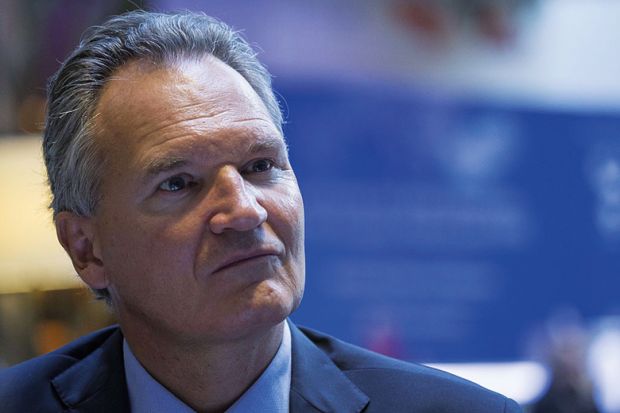The architect of Plan S has spoken of his “disappointment” that US research funders refused to join the open access initiative, but has expressed hope that grass-roots pressure will lead the country to reject the subscription journal model.
Robert-Jan Smits told Times Higher Education that leading Plan S, under which participating funders will bar researchers they have supported from publishing in closed-access periodicals, had been a “roller coaster”.
The Dutchman served as the European Commission’s open access envoy during 2018 after nearly eight years as the organisation’s director general of research and innovation. He has now taken up a new post as president of Eindhoven University of Technology.
“I could have never imagined that it would go like this and that it would get so much attention…What was supposed to be a quiet sabbatical became a roller coaster,” said Mr Smits.
Thirteen European funding agencies backed Plan S when it was unveiled last year. The Bill & Melinda Gates Foundation and the Wellcome Trust were among key backers to follow, with expressions of support also coming from Chinese funders and the Indian government.
However, some influential sectors – in particular, the US – are yet to come on board.
“Plan S went much quicker than people expected,” said Mr Smits, who conceded that he “had hoped that the US would move a bit faster”, referring to early positive signs in discussions with the National Institutes of Health. He had also “expected” that the Howard Hughes Medical Institute might come on board.
Critics have argued that Plan S will fail to break the domination of the subscription journal model – and could potentially limit opportunities for academic collaboration around the world – if it remains a largely regional initiative.
However, Mr Smits saw the University of California’s decision to cancel its subscription with Elsevier as a step change in the open access debate in North America. “So it’s coming,” he said.
The first steps towards backing for Plan S will “probably come not from the NIH [and] Howard Hughes”, but from major universities, “and then of course the others might follow”, Mr Smits said.
He described failure to win more US support as “a little bit of a disappointment because it’s one of our natural allies and it didn’t work out as I had hoped”.
However, there is “so much interest” from Asia and Latin America, he added. “It’s just a matter of reaching out to them.”
For Mr Smits, the Plan S “chapter is closed”, although he will continue to follow its progress. His focus is now to “define the strategy” for Eindhoven’s future.
Locally based multinationals such as Philips, semiconductor manufacturer NXB, circuit parts manufacturer ASML and DAF Trucks create a unique environment for the institution, said Mr Smits. “Which university in the whole of Europe has an innovation ecosystem like here?”
“Here, the problem I face in the university is all of these companies are saying ‘double your number of engineers you produce each year’,” he said. The companies, he added, say: “Grow from 12,000 [students] to 20,000 to 30,000. We need you.”
Mr Smits said “it’s far too early to say what we should do”, but “that we will grow for sure”.
john.morgan@timeshighereducation.com
University leaders, policymakers and industry leaders will discuss how research universities can sustain and support innovation ecosystems at Times Higher Education’s Innovation and Impact Summit 2020, which is taking place at KTH Royal Institute of Technology from 22-24 April 2020.
后记
Print headline: Plan S architect looks back on ‘rollercoaster’




